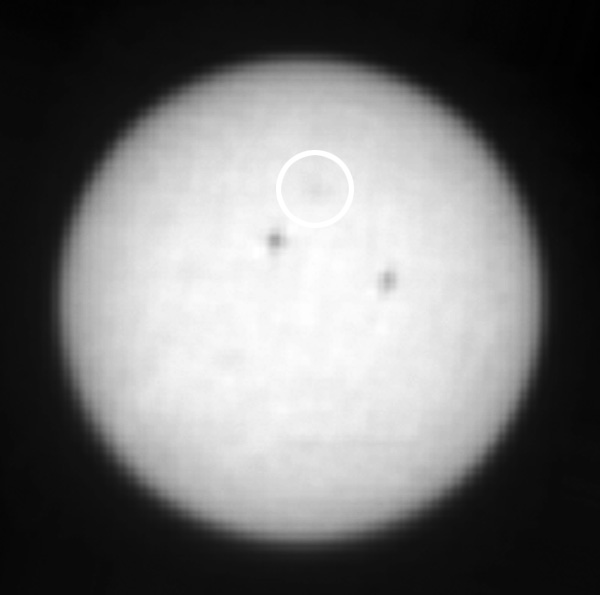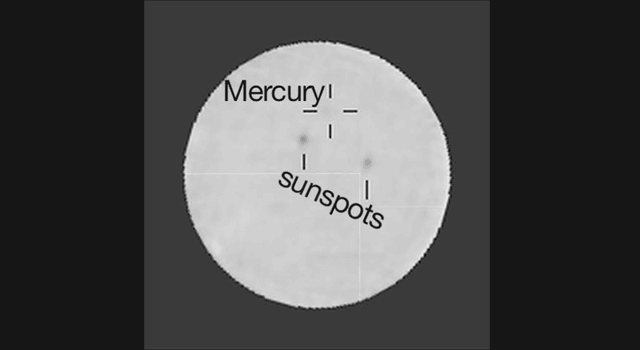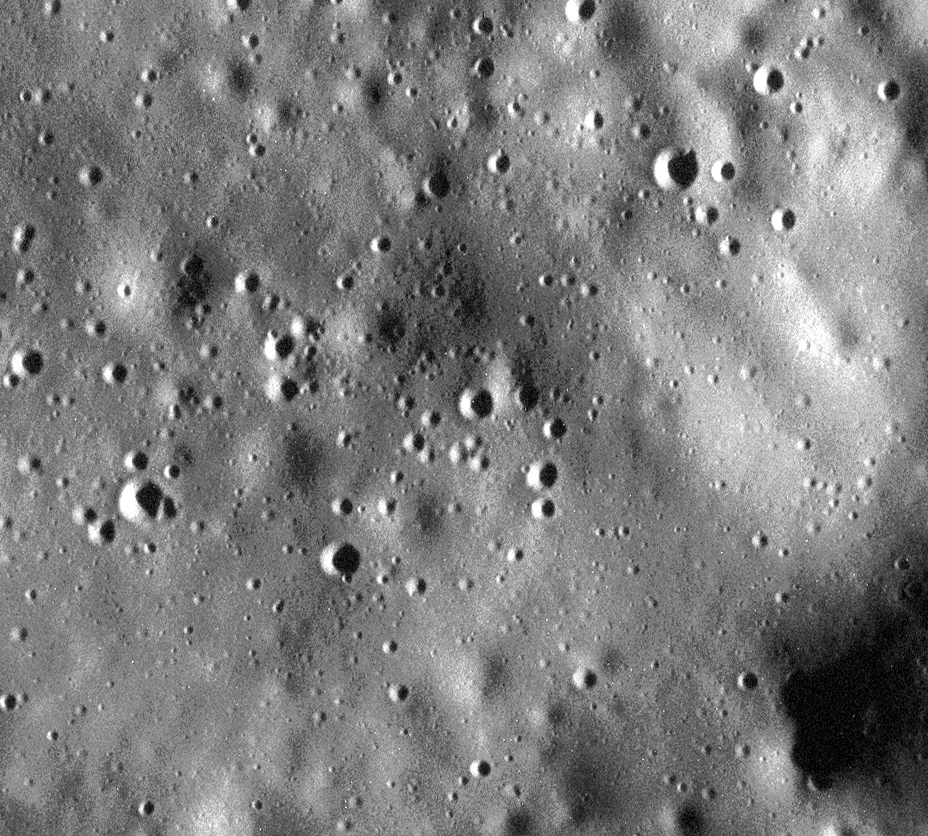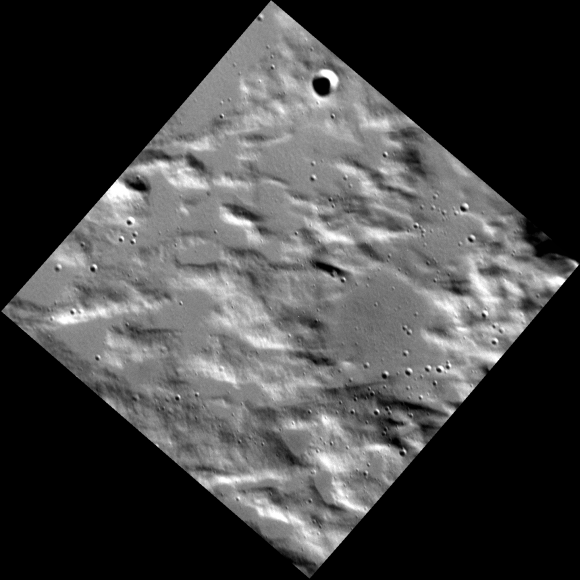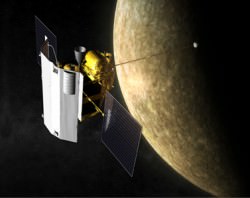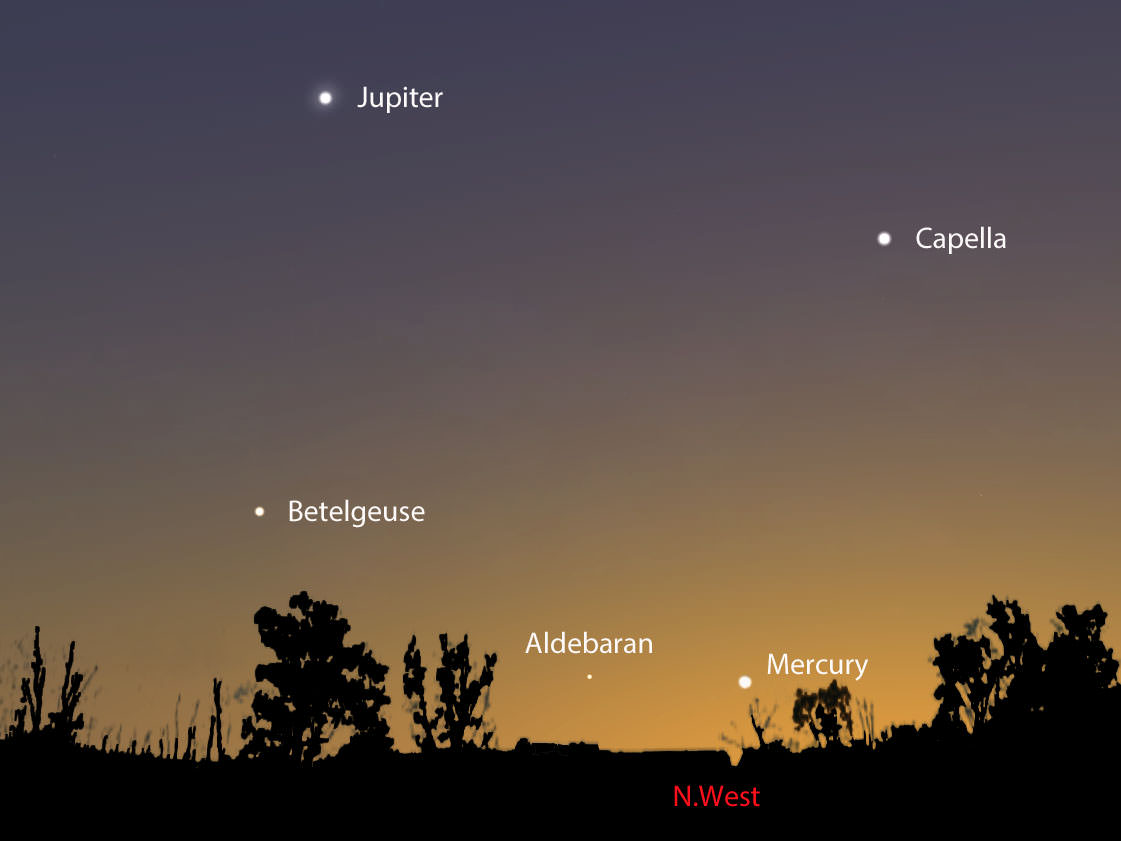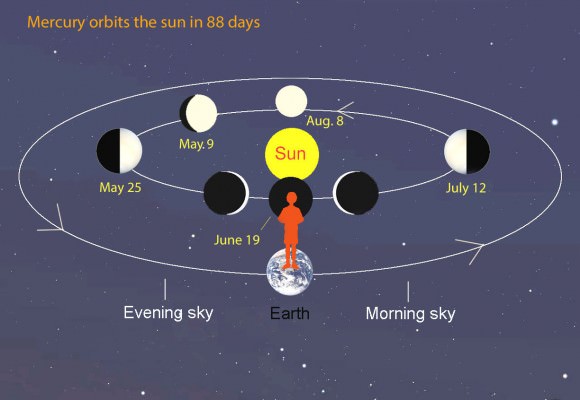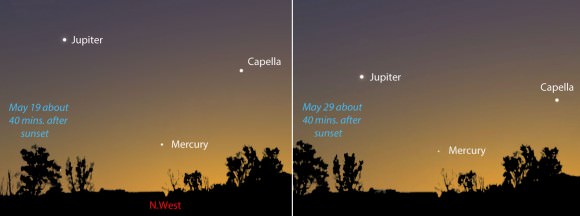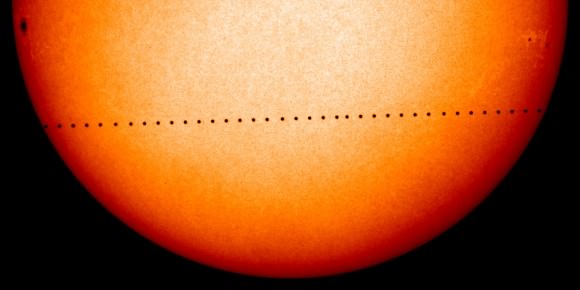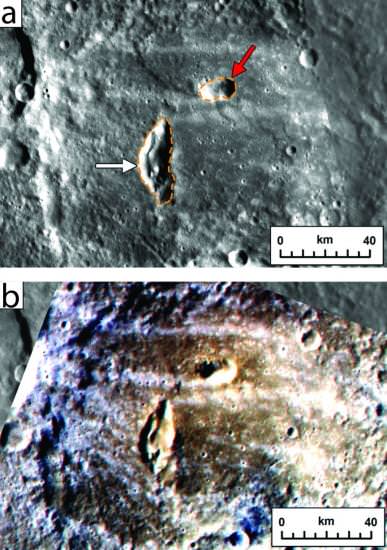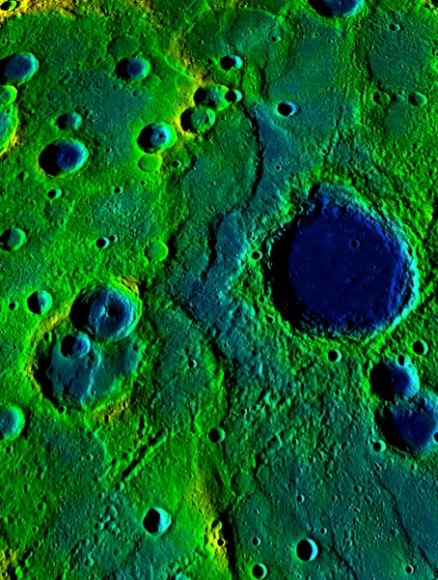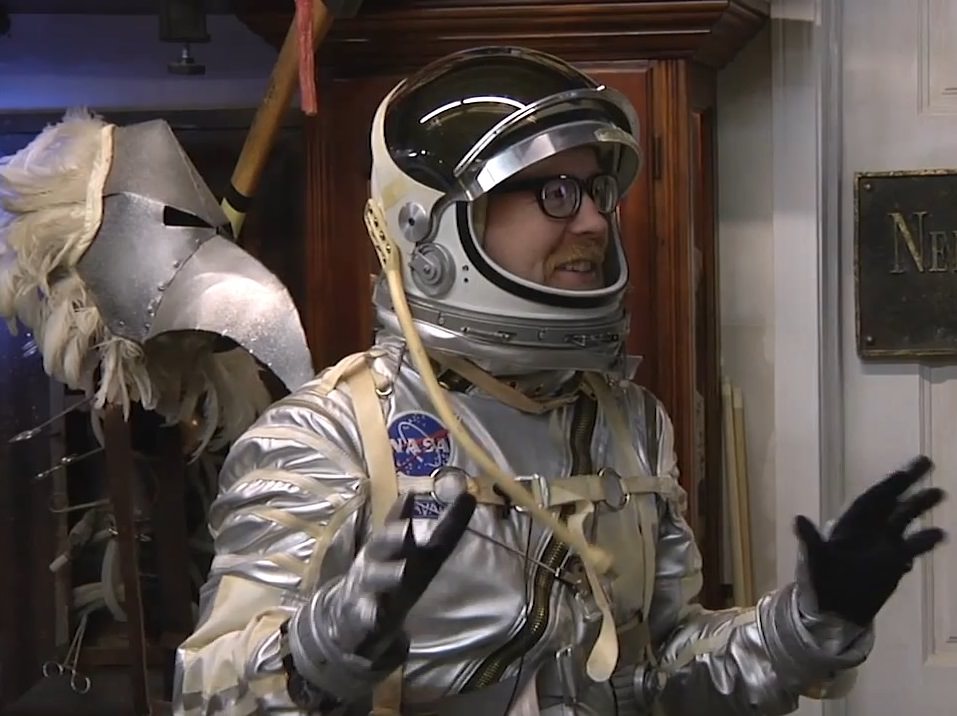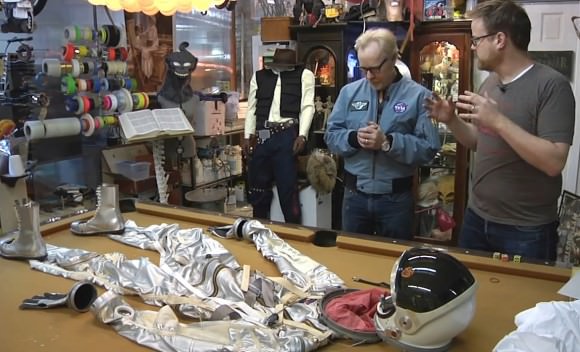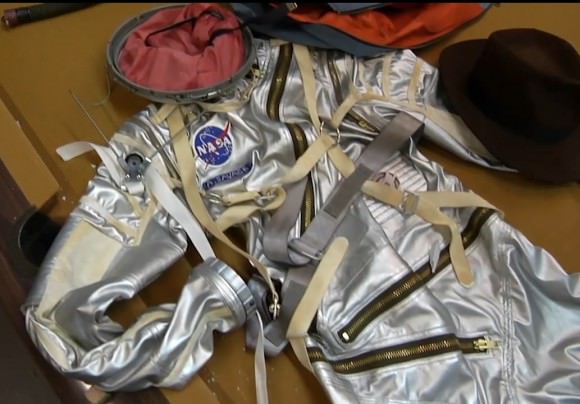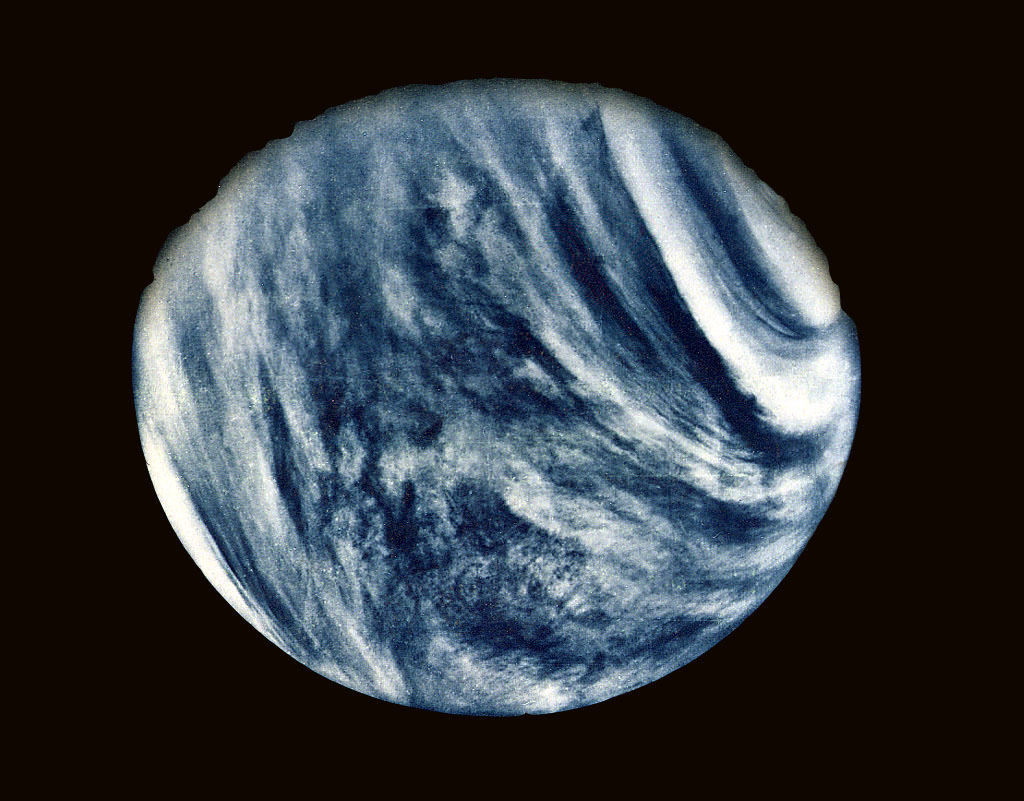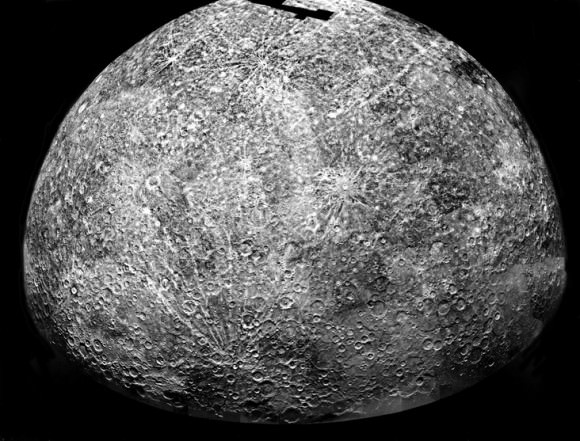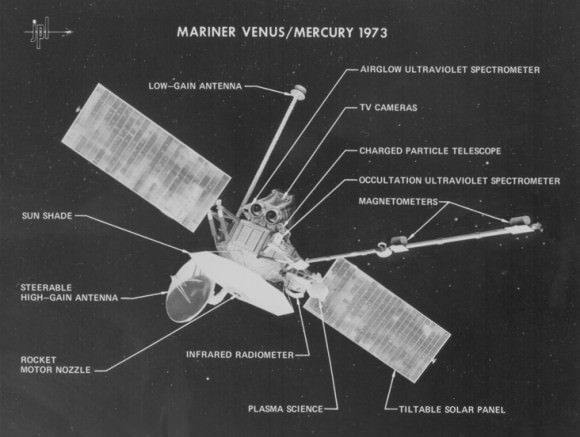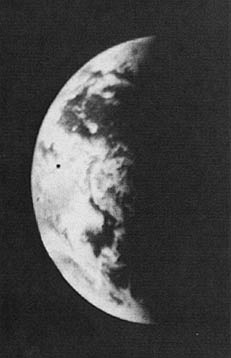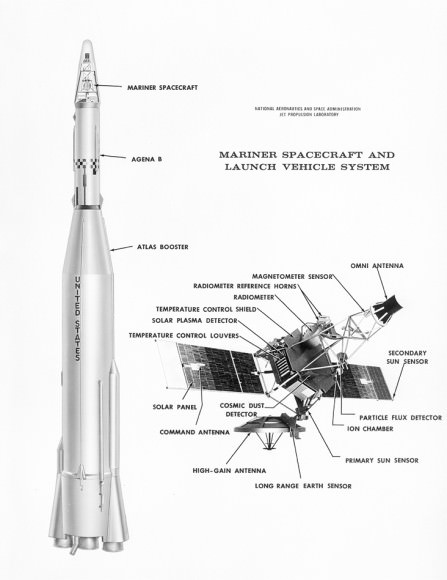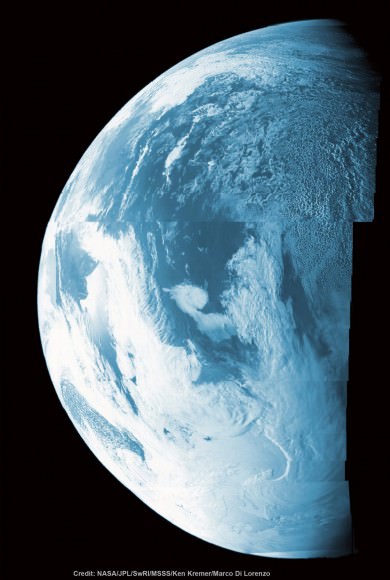Our Sun is constantly sending a hot stream of charged atomic particles out into space in all directions. Pouring out from holes in the Sun’s corona, this solar wind flows through the Solar System at speeds of over 400 km/s (that’s 893,000 mph). When it encounters magnetic fields, like those generated by planets, the flow of particles is deflected into a bow shock — but not necessarily in a uniform fashion. Turbulence can occur just like in air flows on Earth, and “space weather” results.
One of the more curious effects is a regional reversal of the flow of solar wind particles. Called a “hot flow anomaly,” or HFA, these energetic phenomena occur almost daily in Earth’s magnetic field, as well as on Jupiter and Saturn, and even on Mars and Venus where the magnetic fields are weak (but there are still planets blocking the stream of charged particles.)
Not to be left out in the cold, Mercury is now known to display HFAs, which have been detected for the first time by the MESSENGER spacecraft.
A NASA news release describes how the HFAs were confirmed:
The first measurement was of magnetic fields that can be used to detect giant electric current sheets that lead to HFAs. The second was of the heating of the charged particles. The scientists then analyzed this information to quantify what kind of turbulence exists in the region, which provided the final smoking gun of an HFA.
“Planets have a bow shock the same way a supersonic jet does,” explains Vadim Uritsky at NASA’s Goddard Space Flight Center. “These hot flow anomalies are made of very hot solar wind deflected off the bow shock.”
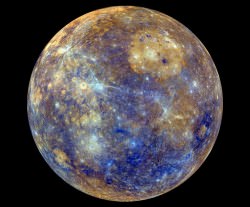
The solar wind is not 100% uniform; it has discontinuities within its own complex magnetic fields. When these shifting fields pile up against a planet’s bow shock they can create turbulence patterns that trap hot plasma, which in turn produces its own magnetic fields. The shockwaves, heat, and energy produced are powerful enough to actually reverse the flow of the solar wind within the HFA bulge.
And the word “hot” is putting it lightly — plasma temperatures in an HFA can reach 10 million degrees.
Read more: “Extreme” Solar Wind Blasts Mercury’s Poles
Mercury may be only a little larger than our Moon but it does possess an internally-generated dipolar magnetic field, unlike the Moon, Venus, and Mars which have only localized or shallow fields. The confirmed presence of HFAs on Mercury indicates that they may be a feature in all planetary bow shocks, regardless of how their magnetic fields — if any — are produced.
The team’s results were published in the February 2014 issue of the Journal of Geophysical Research: Space Physics.
___________________
In related news, on June 17 MESSENGER successfully completed the first orbit adjustment maneuver to prepare it for its new — and final — low-altitude campaign, during which it will obtain its highest-resolution images ever of the planet’s surface and perform detailed investigations of its composition and magnetic field. Read more on the MESSENGER site here.
Source: NASA


